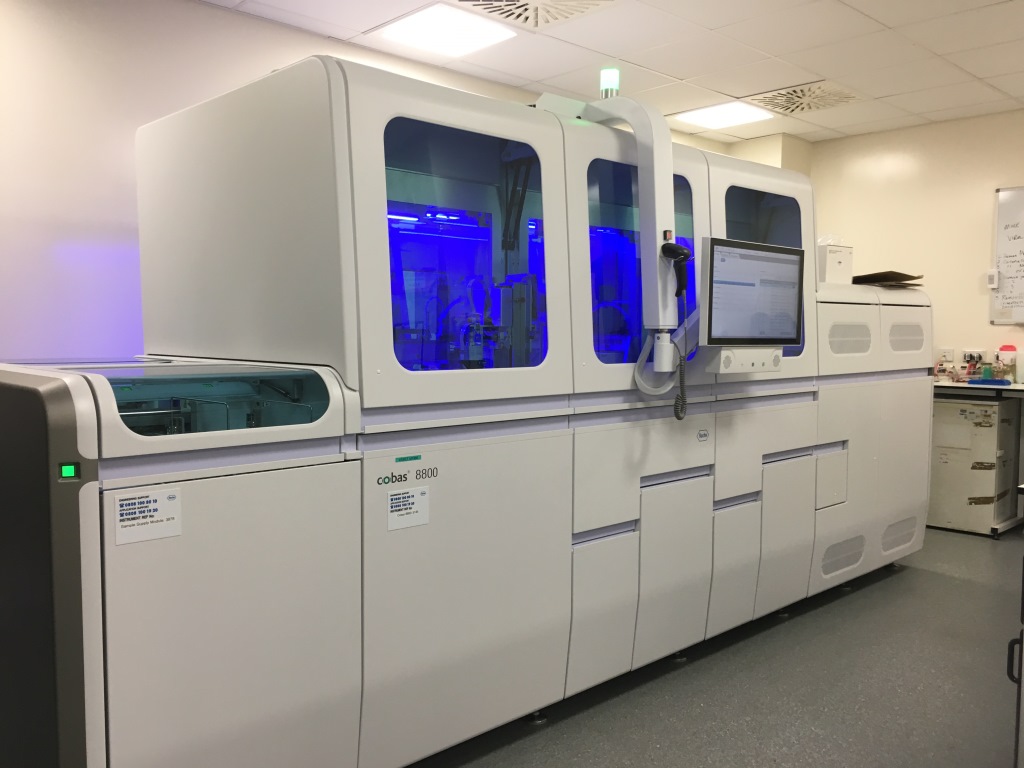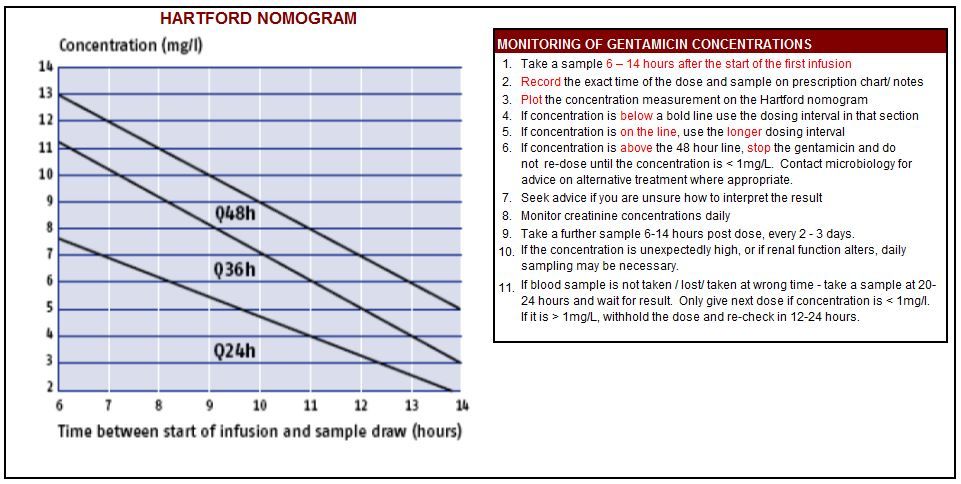Sample containers
All samples should be submitted in appropriate containers – refer to individual tests for details. It is the responsibility of the service user to ensure that sample containers are stored correctly in an appropriate environment. Please refer to the manufacturers’ guidance for details.
Specimens
All specimens must be labelled with the following:-
- Surname/forename or other unique patient identifier
- Date of birth
- Sender’s sample number
- Date of collection of specimen
Printed specimen labels should be used wherever possible. Please note that unlabelled specimens cannot be processed and may be discarded.
Request forms
Most requests are done electronically. The following applies only to the manual requesting method.
Confirm the identity of the patient.
The patient’s name and ward (or location) must be on all specimen containers.
A request card must accompany all specimens to the laboratory. This should show clearly the patient’s details including:
- Name
- Unit number/NHS number
- Age (date of birth preferred)
- Ward/GP name and number
- Type of specimen
- Date and time of sample
- Tests required
- All relevant clinical data including any antibiotic treatment
- Risk status if applicable (legal requirement)
If either the request form is not completed correctly or the sample is not adequately labelled a request may be rejected as processing the samples may result in mis-identification of the patient constituting a clinical risk.
Preparation of the Patient
Ensure that the patient is fully informed as to the nature of the investigation to be performed and that their consent is obtained. They should understand what the procedure involves, why they need it and what the consequences may be if the investigation is not performed.
Where a patient has to go away and obtain a sample themselves they should be fully instructed in the procedure for obtaining that specimen.
Collection of Specific Specimen Types
The GP or healthcare professional (such as a nurse) has a responsibility to explain to the patient how to collect a clinical sample if they will be doing this themselves without direct supervision. The details for specific types of sample that may be collected by patients themselves are below.
Urine Specimens for Microscopy and Culture
A urine sample can be collected at any time of day. However, you should not excess water to produce urine as this will make the sample too dilute and it may be rejected by the laboratory.
Usually, for microbiological examination, a midstream urine (MSU) is collected. This means that the first or last part of urine that is passed is not collected. This reduces the risk of the sample being contaminated with bacteria from within or around the urethra or from the hands.
- Urine must be collected into a completely clean and sterile container. Failure to do so may result in a misleading result and the specimen may be rejected.
- The container should be one with a red top as specified by the laboratory. This has boric acid crystals in as a preservative.
- If the sample is not transported to the lab straight away it should be stored in a fridge, in a sealed plastic bag,
To collect a clean urine sample:
- Label the container with the patient’s name, date of birth and the date
- Wash the hands
- Start to urinate, but don’t collect the first part of urine that comes out
- Collect a sample of urine "mid-stream" in the sterile screw-top container
- Screw the lid of the container shut
- Wash the hands thoroughly
Urine for Pregnancy Test
A urine sample for a pregnancy test should be collected as for a culture except:
- The sample should ideally be the first urine passed in the morning, known as an “Early Morning Urine” (EMU).
- The sample should be in a white topped container with no boric acid
- The sample does not need to be a midstream sample
Faeces Specimens for all Microbiology Tests
- The stool sample should be collected in a clean, dry screw-top container. This should be a laboratory specified container and should be provided to the patient by the doctor or healthcare professional. However any clean container can be used as long as you can seal it.
- The container should be labelled with the patient’s name, date of birth and the date
- Place something in the toilet to catch the stool, such as a potty or an empty plastic food container, or spread clean newspaper or plastic wrap over the rim of the toilet
- Make sure the sample doesn’t touch the inside of the toilet
Try not to collect urine or water (from the toilet) with the stool sample but don’t worry if this happens.
If you need to urinate, do this first, and then collect the stool sample. - Use the spoon or spatula that comes with the container to place the sample in a clean screw-top container and screw the lid shut.
For a laboratory contained aim to fill around a third of it, about the size of a walnut. - Put anything you used to collect the sample in a plastic bag, tie it up and put it the bin
- Wash your hands thoroughly with soap and warm running water
- If there is a delay in delivering the sample the container should be put in a fridge in a sealed plastic bag until it can be delivered to the lab
Sputum Specimens for all Microbiology Tests
Good quality sputum samples are essential for accurate microbiological diagnosis of pneumonia but also acute tracheitis and bronchitis. Samples contaminated with saliva are difficult to interpret and can be misleading.
The most common way is for you to cough a sample into a sterile specimen pot, which your GP or healthcare provider should provide.
Sputum sample size should be 5 – 10 ml where possible and preferably early morning specimens.
NB For tuberculosis we require 3 specimens which must be collected at least 24 hours apart, preferably on consecutive days.
- Drink plenty of fluid the evening before to help loosen the phlegm
- Do the sample as soon as you wake up in the morning, preferably before drinking anything or having breakfast, as this may confuse the results. This is particularly important if the sample is to test for possible tuberculosis (TB).
- Do not clean your teeth or use mouthwash prior to doing the test as this may kill any bacteria in the sputum.
- Take three deep breaths to loosen the secretions (if you have a nebuliser you may want to use this first) and hold the air in for five seconds.
- Take another deep breath and cough hard until some sputum comes up into your mouth then force out a deep cough and bring the sputum up into your mouth.
- Spit the sample into the collection container.
- If you are unable to bring up much sputum (minimum is about the same size as your little finger nail) on the first attempt then try again until you have enough.
- Screw the cap on the cup tightly so it doesn’t leak
- Take the sample to your GP surgery, clinic or to the laboratory on the same day if possible.
- The container MUST be labelled with the patient’s name, date of birth and the date
NB Compliance with postal, transport and storage regulations is essential, for postal samples use only the containers and packaging provided.


